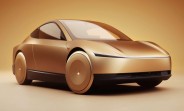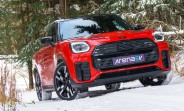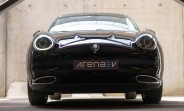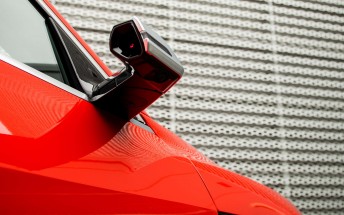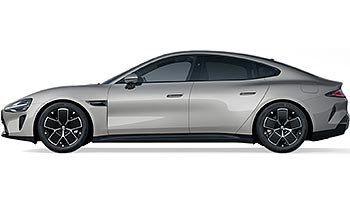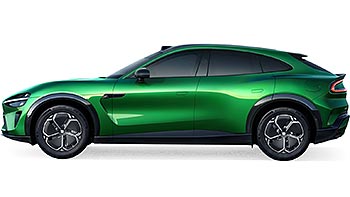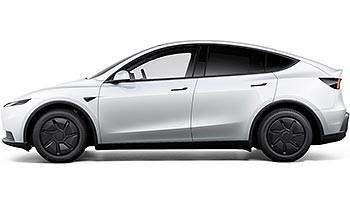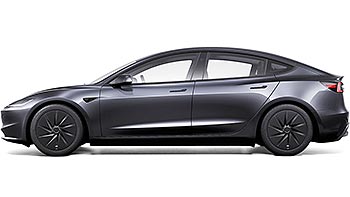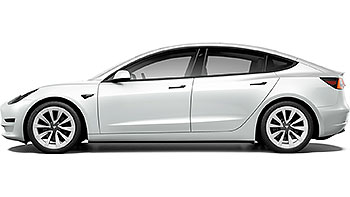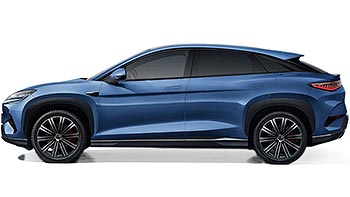Tesla's driverless dream inches closer as Cybercab hits the test track
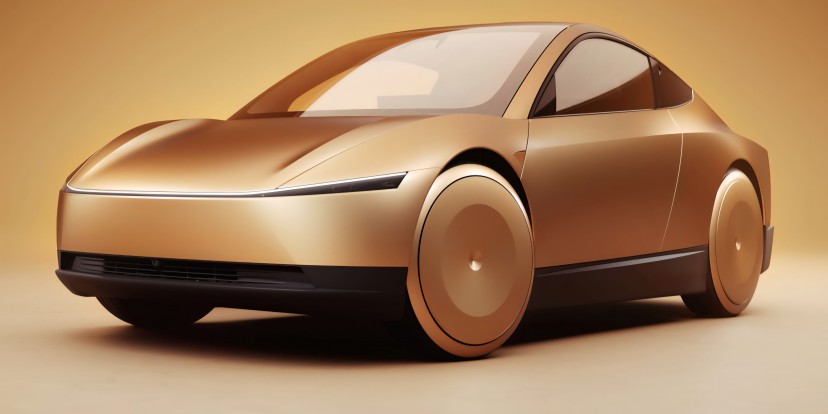
A futuristic, two-seat EV with no steering wheel has been seen cruising around Tesla's private test track in Fremont, California. This vehicle, known as the Cybercab, is the company's purpose-built robotaxi, and its first public appearance on the track is a major signal that Tesla is serious about launching it onto our streets pretty soon.
The Cybercab is unlike any of the other electric cars in Tesla's lineup. It is not a vehicle you can buy. Instead, Tesla plans to own and operate fleets of these small EVs in a service that would compete directly with Uber and Lyft.
Tesla spotted for the first time testing the Cybercab at their Fremont factory in California.
— Sawyer Merritt (@SawyerMerritt) October 9, 2025
Full video: https://t.co/mXGIJXYCqY pic.twitter.com/oveOsXqiyg
First shown to the public at an event in October 2024, the Cybercab is designed for one thing only: to be a taxi without a driver. It features two seats, a large screen for passengers, and doors that swing upwards. With a design that borrows from the angular Cybertruck, it has no steering wheel, no pedals, and no place for a human to take control.
Spotting a new vehicle on the Fremont test track reveals a key milestone for Tesla. It's where the company works out the kinks before starting mass production. Looking at Tesla's history gives us some clues. The Model Y was seen on the track in December 2019 and launched just one month later.
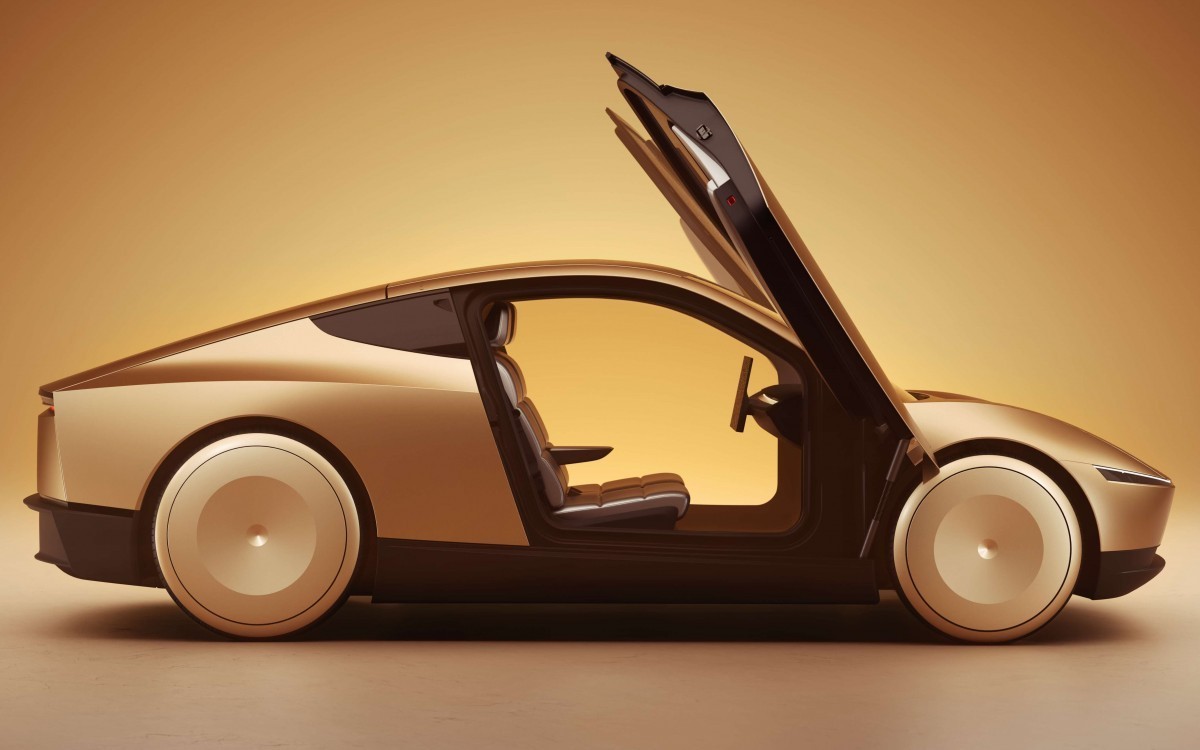
The Cybertruck, however, had a much longer road, appearing on the track in December 2021 but not reaching customers until November 2023. The Cybercab sighting on October 9, 2025, with production planned for early 2026, suggests a timeline that's more aggressive than the Cybertruck's but still gives engineers some breathing room.
Tesla has been tight-lipped about official specifications, but company executives have shared some details. The Cybercab is built for extreme efficiency. It is expected to have a small battery, less than 50 kWh, yet still achieve a range of nearly 200 miles on a single charge.
The 1st @Tesla Cybercab at the Giga Texas crash testing facility. Hard to say for sure, but this may indicate the vehicle has completed most of the final engineering & production tests out at Fremont and what remains is now at Giga Texas.
— Joe Tegtmeyer 🚀 🤠🛸😎 (@JoeTegtmeyer) October 9, 2025
If this follows how the @Cybertruck… pic.twitter.com/RHB2IjkL1L
This is possible because of its lightweight, two-seat design and a teardrop shape that makes it very aerodynamic. The goal is to make it the most efficient of all electric cars on the road. It will also charge wirelessly, using an inductive pad on the ground, so it never has to be plugged in by a person.
The ultimate goal for Tesla is to create a revolution in transportation. CEO Elon Musk envisions a future where summoning a Cybercab is cheaper than taking a bus. The biggest challenge, and the most important goal, is to have these EVs operate without any human safety driver inside. This is the key to making the service profitable and a technological hurdle that Tesla is struggling with, at least for now.
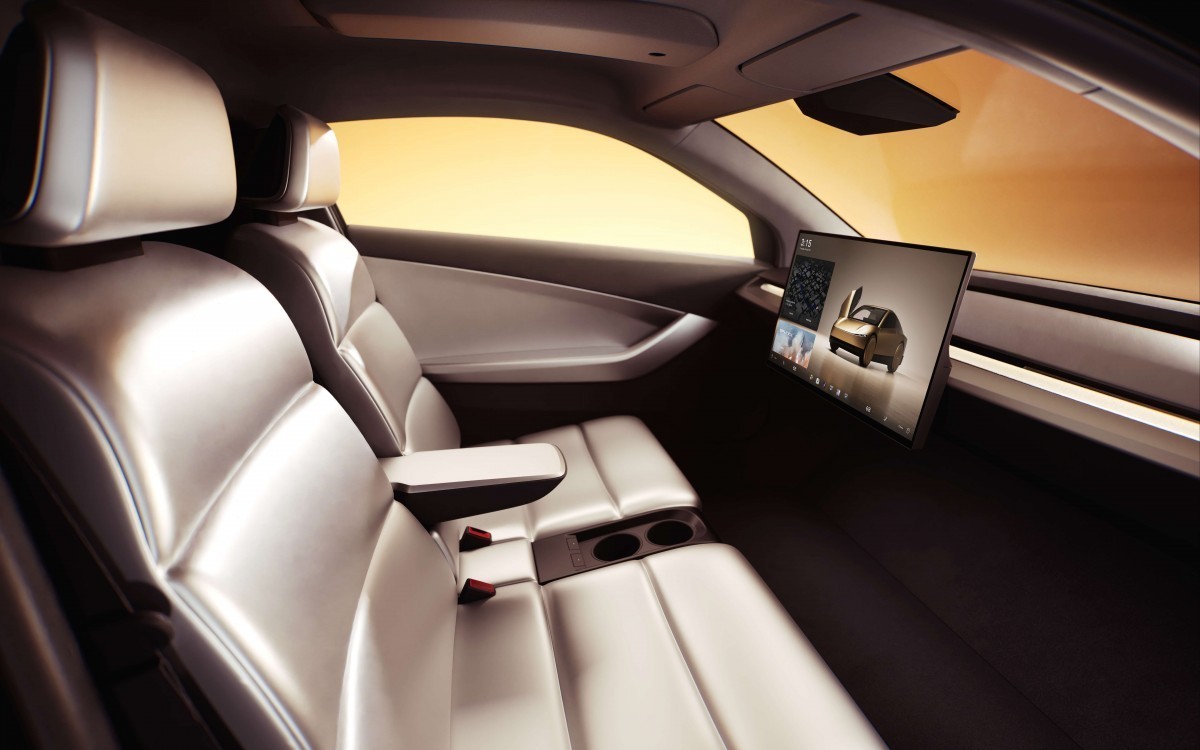
While seeing the Cybercab on the track is exciting, it is important to keep a level head. The road to a fully autonomous future is filled with challenges, from perfecting the software to getting approval from government regulators. Tesla has a history of making bold promises about self-driving technology, and the 2026 production target is still very ambitious.
Related
Reader comments
- Konton
With how they are designed, even with 100% street info, they will not be street legal, FSD is a highly flawed level 2 software that can't tell when it's safe when a schoolbus is stopped with the sign out, or at a train crossing
- 14 Oct 2025
- raQ

